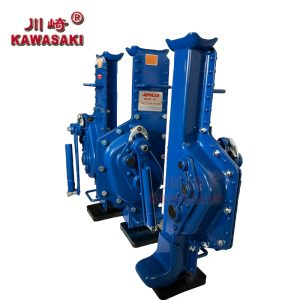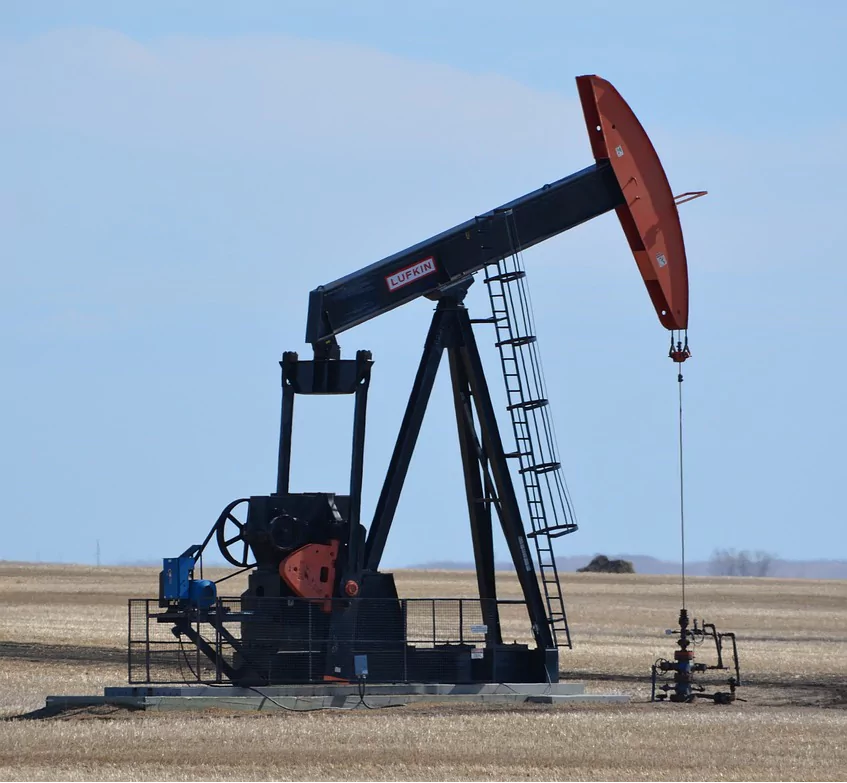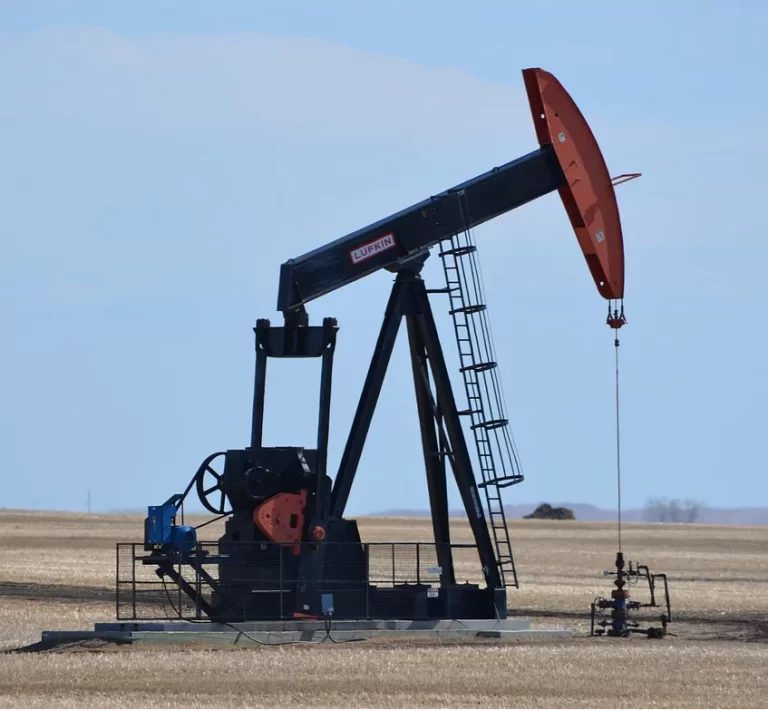Jacks are fundamental lifting devices used across industries ranging from automotive repair to construction, mining, and heavy manufacturing. Among the most common types, hydraulic jacks and mechanical jacks each bring unique advantages and limitations. While hydraulic jacks excel in providing high lifting capacities with relatively low manual effort, mechanical jacks are renowned for their simplicity, durability, and reliability in challenging environments. However, when subjected to heavy-duty or continuous-use conditions, the long-term maintenance and reliability challenges of these two technologies diverge significantly.
This essay examines the technical, operational, and economic aspects of hydraulic and mechanical jacks, focusing on how their designs respond to prolonged stress, wear, and real-world industrial demands.
1. Fundamental Differences Between Hydraulic and Mechanical Jacks
Before analyzing their long-term reliability, it is useful to establish their basic operating principles:
-
Hydraulic Jacks: Operate on Pascal’s law, using hydraulic fluid to transfer force. A small force applied to a piston results in a multiplied lifting force. Hydraulic jacks are widely used in automotive repair shops, railways, construction, and heavy equipment maintenance because they provide high lifting capacity with smooth motion and minimal manual input.
-
Mechanical Jacks: Use threaded screws, ratchets, or gears to achieve lifting action. Examples include screw jacks, scissor jacks, and rack-and-pinion jacks. They are often simpler, sturdier, and more tolerant of harsh environments, though they require greater manual effort and offer slower lifting speeds.
These foundational differences inherently shape their maintenance needs and long-term reliability profiles.
2. Maintenance Challenges of Hydraulic Jacks
a. Fluid Leakage and Seal Degradation
Hydraulic jacks depend on fluid under pressure to function. Over time, seals, gaskets, and O-rings degrade due to wear, heat, and exposure to contaminants. Even minor leaks reduce lifting efficiency and can cause sudden failure under heavy loads.
-
Continuous use challenge: In industrial settings where jacks are used daily, seal wear accelerates. Preventive seal replacement becomes critical.
-
Environmental impact: Dust, moisture, or corrosive chemicals can contaminate hydraulic oil, worsening seal degradation and creating abrasive particles that damage internal surfaces.
b. Fluid Contamination and Degradation
Hydraulic fluid acts as both a force medium and a lubricant. If the fluid becomes contaminated with dirt, water, or metal particles, it not only reduces efficiency but also accelerates internal wear.
-
Heavy-duty issue: Construction sites or mining environments expose jacks to constant dust and debris.
-
Maintenance need: Regular oil changes and filtration checks are mandatory, unlike mechanical jacks, which do not rely on such fluids.
c. Corrosion and Internal Pitting
If moisture enters the hydraulic system, it can cause rusting and pitting of cylinders, pistons, and valves. This can eventually lead to hydraulic bypass (fluid slipping past the piston seals), reducing lifting capacity.
d. Overheating in Continuous Operations
Hydraulic systems can overheat if used for prolonged lifting cycles without adequate cooling time. Elevated fluid temperatures degrade oil properties and damage seals. Mechanical jacks, by contrast, rarely suffer heat-related failures.
e. Calibration and Testing Requirements
To ensure safety, hydraulic jacks require periodic load testing and calibration to confirm they are maintaining rated capacities. Neglecting this can result in catastrophic failure under heavy loads.
3. Reliability Challenges of Hydraulic Jacks
Hydraulic jacks provide excellent lifting performance but face inherent reliability challenges under long-term, heavy-duty usage:
-
Dependence on Seals and Fluids: Their reliability is directly tied to the condition of hydraulic fluid and seals—both vulnerable to wear and contamination.
-
Sudden Failure Modes: Hydraulic jacks can fail abruptly if a seal blows or fluid leaks, posing higher safety risks.
-
Load Holding Concerns: Without secondary mechanical locks, hydraulic jacks may “creep” or slowly lose pressure over time, which is dangerous in applications requiring extended load holding.
Thus, while hydraulics offer power and efficiency, they demand strict preventive maintenance regimes to remain reliable over years of heavy use.
4. Maintenance Challenges of Mechanical Jacks
a. Wear of Threads and Gears
Mechanical jacks rely on threaded spindles, gears, or ratchet mechanisms. Under heavy loads, threads gradually wear, especially if not properly lubricated. Over time, this wear can reduce lifting precision and efficiency.
b. Lubrication Requirements
Though mechanical jacks do not use hydraulic fluid, they still require lubrication of screw threads and gear surfaces. Dry operation leads to galling, seizing, or accelerated wear.
c. Structural Fatigue
In heavy-duty applications, repeated loading cycles can cause fatigue cracks in the metal frame or lifting arms. Unlike hydraulic jacks, which often show performance loss gradually (e.g., fluid leaks), mechanical jacks may experience sudden structural failure if cracks go undetected.
d. Manual Effort and Operator Fatigue
Mechanical jacks demand more manual force, which can limit their usability in continuous operations. Fatigued operators may misuse or overload jacks, inadvertently reducing their service life.
5. Reliability Challenges of Mechanical Jacks
Mechanical jacks are generally regarded as more reliable in the long run, but they are not without challenges:
-
Slower Operation: In continuous heavy-duty environments, slower lifting times reduce productivity.
-
Wear Over Time: Although gradual, wear on screw threads or ratchets eventually reduces load-handling ability.
-
Less Safety Redundancy: Unlike hydraulics with overload valves, mechanical jacks rely heavily on operator judgment; misuse or over-torquing can lead to failure.
-
Corrosion of Exposed Threads: Outdoor environments can rust exposed screw threads, reducing lifespan if not protected or maintained.
6. Comparative Analysis in Continuous-Use Scenarios
| Aspect | Hydraulic Jacks | Mechanical Jacks |
|---|---|---|
| Lifting Power | High, efficient, minimal manual effort | Moderate, requires manual effort |
| Speed of Operation | Faster and smoother | Slower |
| Failure Mode | Sudden (seal blow, fluid loss) | Gradual (thread wear, fatigue cracks) |
| Maintenance | Frequent (fluid, seals, calibration) | Less frequent (lubrication, inspection) |
| Reliability in Harsh Environments | Vulnerable to contamination, temperature | More tolerant, but exposed parts corrode |
| Longevity under Heavy-Duty Use | High only with strict maintenance | High with basic care, though slower |
| Safety Risks | Fluid leaks, creeping under load | Overloading, structural fatigue |
7. Economic and Operational Implications
From a cost-benefit perspective:
-
Hydraulic Jacks:
-
Higher upfront cost and maintenance expenses (fluid replacement, seal kits, calibration).
-
Superior efficiency and operator safety when well-maintained.
-
Risk of downtime if preventive maintenance is skipped, as failures tend to be sudden.
-
-
Mechanical Jacks:
-
Lower purchase and upkeep costs.
-
Longer service life in dirty or remote environments with minimal servicing infrastructure.
-
Trade-off is slower operation and greater operator fatigue.
-
Thus, industries must weigh productivity versus maintenance intensity when choosing between hydraulic and mechanical jacks for long-term use.
8. Innovations Addressing Long-Term Challenges
Modern engineering is seeking to mitigate these challenges:
-
Hydraulic Jacks:
-
Development of improved synthetic hydraulic fluids with better contamination resistance.
-
Advanced sealing materials (PTFE, Viton) to extend service intervals.
-
Sensor integration (IoT-enabled jacks) to detect fluid leaks, pressure drops, or overheating before failure occurs.
-
-
Mechanical Jacks:
-
Use of hardened alloys and surface treatments to reduce thread wear.
-
Self-lubricating materials to minimize maintenance.
-
Ergonomically designed cranks or power-assist features to reduce operator fatigue.
-
9. Safety Considerations in Heavy-Duty Applications
When comparing long-term reliability, safety is paramount:
-
Hydraulic jacks require secondary safety stands or mechanical locks because they can lose pressure suddenly.
-
Mechanical jacks inherently “lock” loads through thread friction, making them safer for long-duration load holding.
Thus, while hydraulics offer operational ease, mechanical jacks provide peace of mind in static holding scenarios.
10. Conclusion
Hydraulic and mechanical jacks both play indispensable roles in lifting applications, yet their long-term maintenance and reliability challenges diverge sharply under heavy-duty or continuous-use conditions.
-
Hydraulic jacks deliver high lifting power and efficiency but are vulnerable to fluid-related issues, seal wear, contamination, and sudden failure modes. They require strict preventive maintenance regimes and are better suited for environments where such maintenance infrastructure exists.
-
Mechanical jacks are more robust, low-maintenance, and tolerant of harsh conditions, though they suffer from thread wear, corrosion, operator fatigue, and slower performance. They remain highly reliable where simplicity and ruggedness are prioritized.
In summary, the choice between hydraulic and mechanical jacks ultimately depends on the operating environment, duty cycle, and available maintenance resources. For industries demanding continuous, heavy-duty lifting with well-established maintenance systems, hydraulic jacks are invaluable. However, in remote or rugged conditions where long-term reliability with minimal servicing is essential, mechanical jacks often remain the more dependable option.


